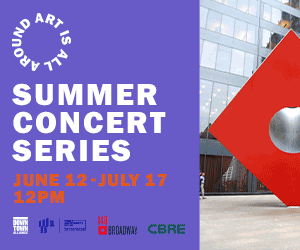Categories
Left column house ads
Seen & Heard: Arcade Bakery Now Sells Breakfast Sandwiches
February 28, 2018 Arts & Culture, Real Estate, Restaurant/Bar News, Shopping
••• Arcade Bakery is now selling breakfast sandwiches (the classic has ham, egg, and cheese, and there’s also one with spicy tomato sauce and arugula). Alas, I got there too early; all that was ready was the sign.
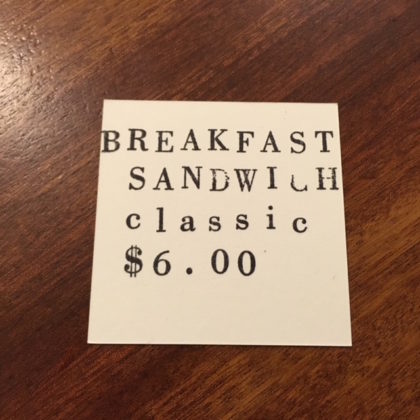 ••• Opening March 1: The New York Academy of Art’s very cool “Forensic Sculpture” exhibit: “Created in 2015, it is the result of a unique partnership between the Academy and the New York City Office of the Medical Examiner, in which art students used skulls from actual ‘cold cases’ to recreate the faces of the victims, in the hope of identifying unknown persons.”
••• Opening March 1: The New York Academy of Art’s very cool “Forensic Sculpture” exhibit: “Created in 2015, it is the result of a unique partnership between the Academy and the New York City Office of the Medical Examiner, in which art students used skulls from actual ‘cold cases’ to recreate the faces of the victims, in the hope of identifying unknown persons.”
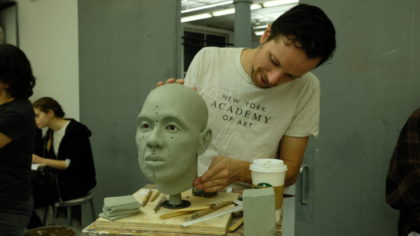 ••• The two buildings under construction on the Church between Chambers and Warren are going up fast; that area is going to feel so different a year from now. Below: 30 Warren and 108 Chambers, each followed by a rendering.
••• The two buildings under construction on the Church between Chambers and Warren are going up fast; that area is going to feel so different a year from now. Below: 30 Warren and 108 Chambers, each followed by a rendering.
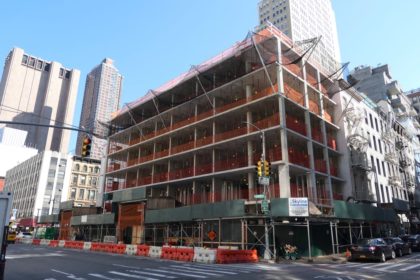
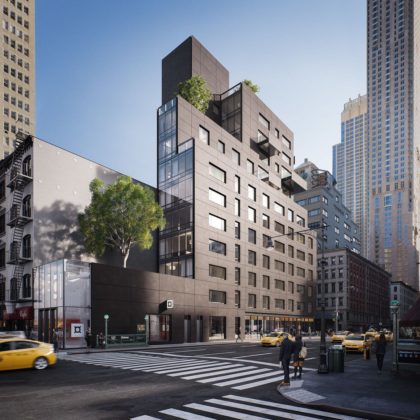
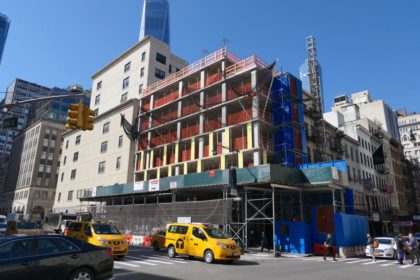
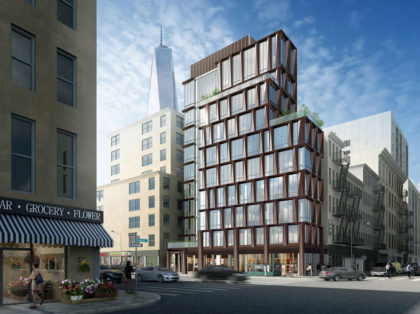 ••• The bedding company Parachute is opening a store on Grand between Crosby and Broadway.
••• The bedding company Parachute is opening a store on Grand between Crosby and Broadway.
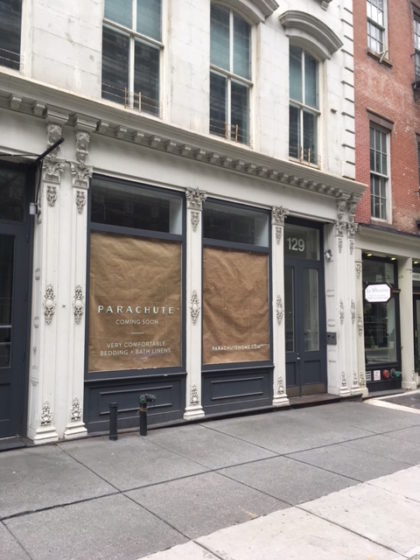 ••• Opening March 3 at Alexander and Bonin: “A solo exhibition of Jonathas de Andrade’s most recent work, Eu, mestiço (Me, mestizo). It takes as its starting point an anthropologic study titled ‘Race and Class in Rural Brazil,’ which was carried out by Columbia University in partnership with the UNESCO in the early 1950s. At a time when Brazil was seen as an epitome of racial democracy, the study aimed to establish racial typologies and search for a possible structural genesis for racism in the country. The study was based on interviews which made use of photographs of black, white, and mixed-raced Brazilians. Local people across Brazil were shown these portraits and asked to qualify these people’s attractiveness, presumed wealth, intelligence, work ethic, and morality, among other attributes. The results of the analysis evidently presented racist stereotypes. And while the photographs used to conduct the questioning prompted the participants to manifest prejudice, the images themselves were not included in the resulting publication. As a means of both reflecting on the study and reversing its essence, Andrade decided to create new images in relation to the text produced in the 1950s. Juxtaposed to qualitative words taken directly from the UNESCO research, Andrade’s work produces a certain discomfort in viewers, inducing them to reflect on their own racial and class prejudices. Printed on mass-produced material typical of signboards in Brazil, the photographs recall both the visual aesthetics and stereotypical images of street advertising, bringing to light the ways in which photographic images continue to shape preconceptions about race and class.”
••• Opening March 3 at Alexander and Bonin: “A solo exhibition of Jonathas de Andrade’s most recent work, Eu, mestiço (Me, mestizo). It takes as its starting point an anthropologic study titled ‘Race and Class in Rural Brazil,’ which was carried out by Columbia University in partnership with the UNESCO in the early 1950s. At a time when Brazil was seen as an epitome of racial democracy, the study aimed to establish racial typologies and search for a possible structural genesis for racism in the country. The study was based on interviews which made use of photographs of black, white, and mixed-raced Brazilians. Local people across Brazil were shown these portraits and asked to qualify these people’s attractiveness, presumed wealth, intelligence, work ethic, and morality, among other attributes. The results of the analysis evidently presented racist stereotypes. And while the photographs used to conduct the questioning prompted the participants to manifest prejudice, the images themselves were not included in the resulting publication. As a means of both reflecting on the study and reversing its essence, Andrade decided to create new images in relation to the text produced in the 1950s. Juxtaposed to qualitative words taken directly from the UNESCO research, Andrade’s work produces a certain discomfort in viewers, inducing them to reflect on their own racial and class prejudices. Printed on mass-produced material typical of signboards in Brazil, the photographs recall both the visual aesthetics and stereotypical images of street advertising, bringing to light the ways in which photographic images continue to shape preconceptions about race and class.”
Comment:
Subscribe
Subscribe to the TC Newsletter








